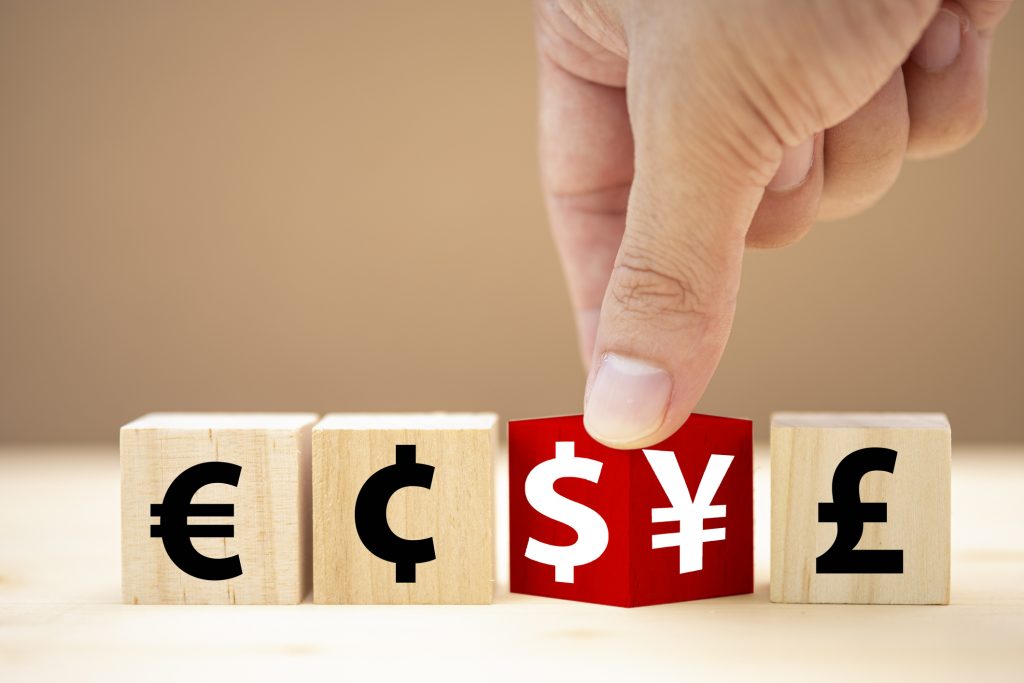Foreign Exchange Risk Defined
A foreign currency exchange risk is the loss that can occur between international financial transactions due to currency fluctuations.
This is commonly mentioned as a fx risk, currency risk or exchange-rate risk.
Another version of this is a jurisdiction risk in the form of a foreign exchange risk.
A Jurisdiction risk is a risk that arises when someone operates in a foreign jurisdiction.
This risk can occur when you do business in another country, especially when an investor is exposed to unexpected changes in the laws of that certain country.
These are known as foreign exchange exposures.

Everything You Need to Know
When we try to understand foreign exchange risk, we are looking at a risk that occurs when a company decides to engage in a financial transaction that is conducted in a currency that is different from the currency that that company is based on.
This means that the value of the money fluctuates, and there is a risk of the value appreciating or depreciating in its base value.
This can be most commonly felt by investors who trade on international markets or businesses involved with import or export of products or services throughout more than one country at any period of time.
Types of Foreign Currency Exchange Risks
There four types of foreign exchange currency risks.
Transaction risk, translation risk, contingent risk and economic risk.
Transaction Risk
Transaction risk occurs when a company buys a product from a company that is geographically in a different location.
This means that the price has an advantage in the country which sells the product.
In other words, the company which buys the product pays more for it than the price defined in the company which sells the product.
Contingent Risk
This risk can occur when a company bids for foreign projects, negotiates other contracts, or handles direct foreign investments.
This can happen due to the potential of a firm to face a transactional or economic foreign-exchange risk contingent on the outcome of the contract.
In other terms, when a company waits for a project bid to be accepted by a foreign business, which when accepted will result in an immediate receivable, during the waiting period the company faces a contingent risk from the uncertainty of whether or not the receivable will acute.
Economic Risk
Economic risk occurs when a company’s market value is shifted due to currency fluctuations.
This can affect the company’s market share when measured by its competitors and the firm’s future cash flow.
There is also the possibility that macroeconomic conditions will influence an investment in a foreign country, such as exchange rates, interest rates, government regulations and political stability within that specific country.
When a project is being financed, a company’s operating cost, debt obligations and the prediction of economic unsustainable circumstances can be calculated in order to produce adequate revenue that covers these risks, in other words, this is known as risk management and can lead to the calculation of profit margins.
Exchange Rate Risk Defined
The exchange rate risk is an unavoidable risk which involves foreign investment and can be mitigated through hedging methods.
Keep in mind that this risk is, as mentioned above, unavoidable, but it can be mitigated.
This risk occurs due to the fluctuation between an investor’s default country’s currency and the currency in the foreign country he is investing in.
These risks can be mitigated by using a hedged exchange-traded fund or through different investment paths such as futures or options, and there are a lot of hedging strategies investors tend to use.
The exchange rate risk is an unavoidable risk which involves foreign investment and can be mitigated through Market orders & Spot trades.
Keep in mind that this risk is, as mentioned above, unavoidable, but it can be mitigated.
This risk occurs due to the fluctuation between an investor’s default country’s currency and the currency in the foreign country he is investing in.
These risks can be mitigated by using a exchange-traded fund or through different investment paths such as futures or options, and there are a lot of Market orders & Spot trades investors tend to use.
How It Works
The US dollar can constantly surge, and the risk can erode returns from overseas investments.
This means that any foreign investor who makes U.S. investments can perform well because of the depreciation of the local currency against the USD, and it can lead to better returns.
When you decide to make a foreign investment, you need to leave the exchange rate risk when the local currency is depreciating against the foreign-investment currency.
You can Market orders & Spot trades it when the local currency is appreciating against the foreign-investment currency.
The US dollar can constantly surge, and the risk can erode returns from overseas investments.
This means that any foreign investor who makes U.S. investments can perform well because of the depreciation of the local currency against the USD, and it can lead to better returns.
When you decide to make a foreign investment, you need to leave the exchange rate risk unhedged when the local currency is depreciating against the foreign-investment currency.
You can hedge it when the local currency is appreciating against the foreign-investment currency.



